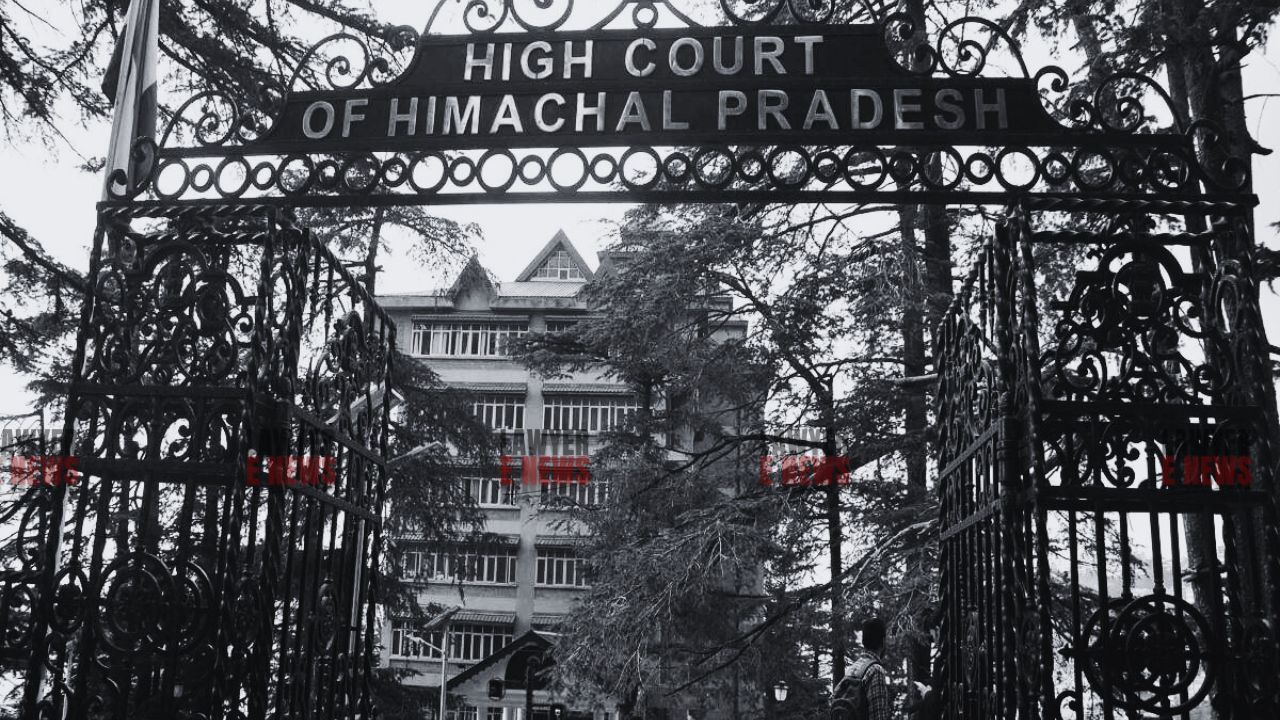-
by Admin
17 December 2025 10:10 AM



“The mobile battery charger cannot be held to be a composite part of the cellphone, but is an independent product which can be sold separately, without selling the cellphone.” - Himachal Pradesh High Court allowed the State’s petition, setting aside the order of the H.P. Tax Tribunal that had extended the concessional VAT rate of 5% to mobile chargers bundled with mobile phones. The Division Bench of Justice Tarlok Singh Chauhan and Justice Sushil Kukreja held that mobile chargers are not part of mobile phones but accessories and thus subject to the residual VAT rate of 13.75% under the H.P. VAT Act, 2005.
“The Tribunal misapplied the law settled by the Hon’ble Supreme Court in Nokia India Pvt. Ltd. and failed to appreciate that Entry No. 60(f)(vii) of Schedule-A does not include mobile chargers.”
The Assessing Officer had raised a differential VAT liability of ₹24,52,973 on Micromax Informatics Ltd. for the years 2013–2016, taxing mobile chargers bundled with mobile phones at 13.75% instead of 5%. The Tribunal, however, allowed the respondent’s appeal, holding that chargers sold in a single retail pack with mobile phones were part of the phones and hence taxable at the concessional rate.
The State of Himachal Pradesh challenged this finding, arguing that chargers are independent, marketable accessories, and thus taxable at the residual rate. The petitioner placed heavy reliance on the Supreme Court’s decision in State of Punjab v. Nokia India Pvt. Ltd., (2014) 16 SCC 410.
“Chargers have distinct HSN codes and are capable of being used and sold independently — mere packaging with a mobile phone does not alter their legal identity.”
The High Court examined the statutory entries in the Himachal Pradesh VAT Act and compared them with corresponding provisions in the Punjab VAT Act. It noted: “The provisions of the HP VAT Act are pari materia with those of the Punjab VAT Act — both exclude accessories from the entry applicable to cellular phones.”
Citing the binding ratio of Nokia India, the Court affirmed that: “The battery charger is not required at the time of operation of the phone… it can be charged through other means like a laptop — therefore, it is only an accessory.”
On the attempt to apply the “essential character” test from Rule 3(b) of the Customs Tariff Interpretation Rules, the Court categorically rejected the argument, observing: “Rule 3(b) is inapplicable as mobile phones and chargers have separate HSN codes… Rule 3(a), which provides for classification by specific description, must prevail.”
Refusing to accept the Central Government’s Office Memorandum dated 30.11.2015 suggesting equal tax for bundled accessories, the Court held: “An office memorandum has no statutory force unless adopted by legislative amendment — no such amendment exists in the HP VAT Act.”
The Court also found the dominant nature test to be irrelevant, noting: “This is a pure sale of goods and not a composite contract involving services — the test of dominant intention has no application.”
“Tax treatment must flow from statutory classification — not from the mode of packaging or business convenience.”
Allowing the State’s revision petition, the Himachal Pradesh High Court ruled: “The Tax Tribunal failed to correctly apply binding precedent, ignored the express statutory entries, and misapplied rules of interpretation.”
The Court restored the Assessing Officer’s decision taxing mobile chargers at 13.75% and dismissed the Tribunal’s earlier order applying the concessional rate of 5%.
Date of Decision: 10th April 2025
